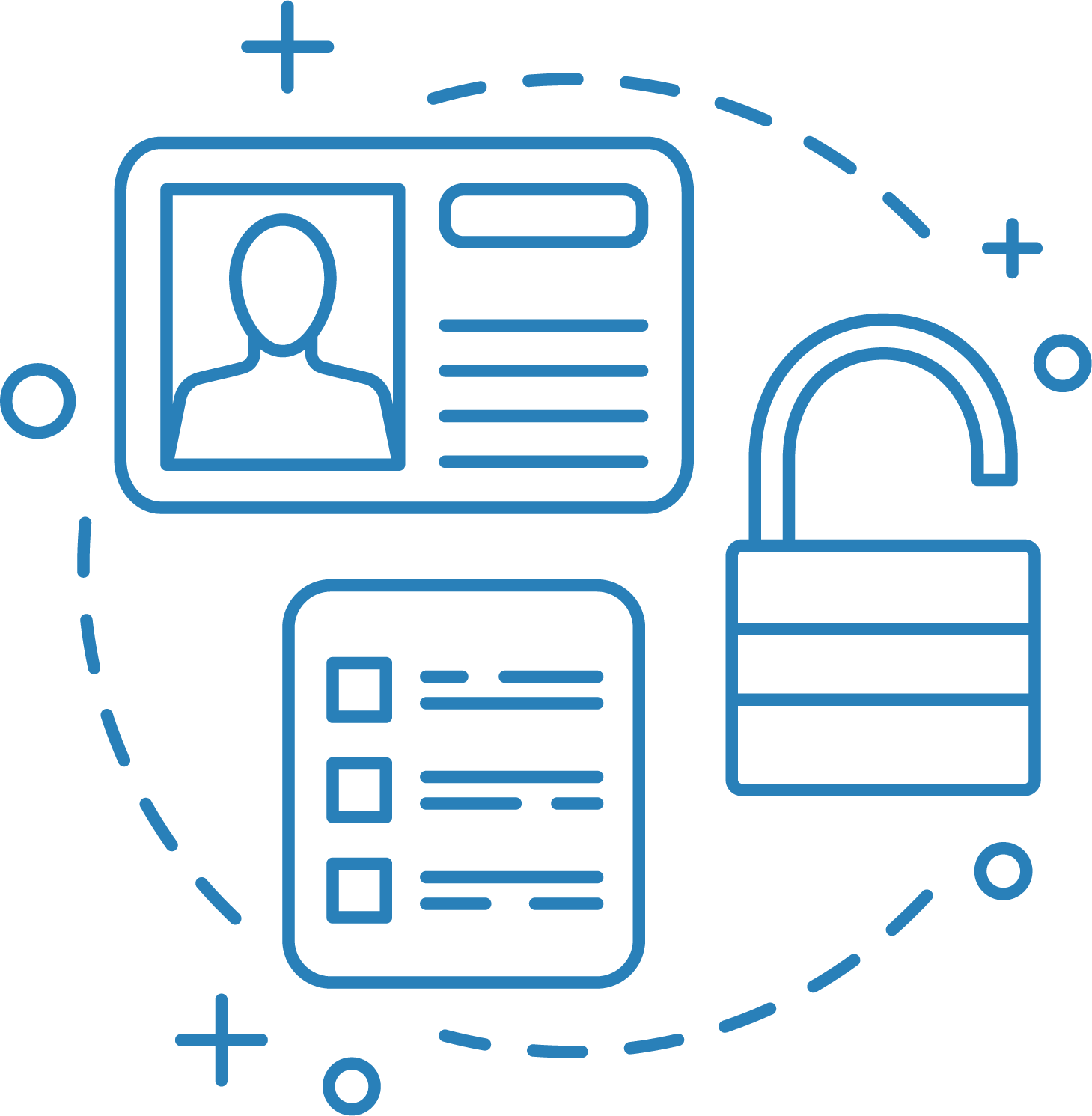
Image by Joseph Mucira from Pixabay
Written by Breanna Hardy
Business-to-business (B2B) selling had traditionally been sealed with a handshake until Covid-19 changed how humans interact.
As the model has changed, local business leaders are sharing tips on how to deal with the transition.
For Express Employment Professionals, a staffing agency, adapting this past year wasn’t simple.
Tony Martin, franchise owner of the Visalia branch, said that from an operational perspective, shifting online was a challenge because of the nature of their business.
“We’re helping people find talent, and it’s a different experience than if you’re trying to sell a copy machine and the machine’s sitting there. We’re sending a human with behaviors,” Martin said.
As a staffing agency, adaptability to the online environment depends on what’s sold.
“In our world, because we’re in the people business, and we’re trying to have a company trust us sending a complete stranger to them that we’ve interviewed, that trust has to come through what we’re used to,” Martin said. “It’s harder to do that, to me over all these little mediums that separate us from the human.”
The online selling trend is not a surprise to Kaysi Curtin, president and owner of Sandler Training in Fresno, which offers sales and leadership training to companies. She said Covid has only accelerated an already-trending online sales environment.
“It has been evolving over time,” Curtin said. “Now when Covid happened, it just completely skyrocketed our timeframe for virtual selling.”
Instead of evolving over the next five years, salespeople have had to adapt almost immediately. And she believes the online model is here to stay.
According to a Gartner Future of Sales study, by 2025, 80% of business-to-business (B2B) transactions will occur digitally. As the buyer’s market is changing, so will the seller’s.
“They are used to knocking on doors, meeting people face to face, building rapport face to face with somebody,” Curtin said.
Tonality, body language and words have been challenging the ways people communicate. Some of these factors are lost over a phone call, though fundamentals are the same.
Some people are struggling to adapt to a new way of doing business, but in a McKinsey & Co. study, only 20% desire to return to in-person sales.
“Clearly we know now that it’s never going to go back to all face-to-face. People are still going to do virtual selling because there’s a lot of perks to it,” Curtin said.
Martin saves multiple hours of driving by hosting staff Zoom meetings.
Kris Melban, Express Employment Professionals business development director at the Visalia branch, said he doubled sales calls after making them virtual at the beginning of the pandemic.
“My day would typically — I mean pre-Covid — would be spent an hour or two in the office, and the rest of the day out of the office going building to building, and doing those handshakes and meeting people,” Melban said.
Once things got locked down, it was solely over the phone. Zoom has become more socially normal over time. Melban said that at first, people were still getting used to Zoom and it wasn’t the first choice for many people.
Curtin said sharing passion for the business can help people commit to a Zoom call.
“They have the excuse of turning their camera off, which really defeats the purpose of being on a Zoom call,” Curtin said.
Samir Smajic, CEO and co-founder of GetAccept, recognized this when he started his company in 2015 out of Sweden.
GetAccept is a platform on which people can execute B2B actions such as proposals, document exchange and video conferencing.
He said that only working from email inboxes is “transactional, boring, and not so personalized,” and this factor allowed him to shift business relationships online.
The journey of sales moving online started years ago, but like Curtin, Smajic says it’s accelerated in the course of a year.
“The whole industry turned around. What often takes 5, 6, 10 years, a decade to happen, happened in 2, 3, 4 weeks. So it’s quite an interesting experience as a company,” Smajic said.
Not every industry had a hard time executing online sales. Tech industries in the Bay Area, where Smajic eventually expanded his operations, had an easier time than more rural cities.
But with increased footprint comes increased competition.
“It’s also super hard to stand out,” Smajic said. With online selling, “suddenly the world opens up. Also for the buyer to now pick and choose; not only for things on the street, but also things around the corner, or in a new country.”
Both Curtin and Smajic encourage businesspeople to stand out by asking better questions.
“When you’re not able to go face to face and you have to have phone conversations, you’ve got to be asking better questions,” Curtin said.
Curtin encourages social selling as another way to stand out. This is different from social marketing, which builds brand awareness. Social selling uses social media connections to build familiarity with products.
“Social selling is about having people leverage their social network to build these relationships, so that when they are making these cold calls, it’s no longer a cold call; it’s more of a warm call because you’re familiar,” she said.
Consumers are no longer engaging with products for the first time in person — they research first online.
“As salespeople we need to be on that level of engagement when they’re looking for things online,” Curtin said.
Smajic suggests that many employees are used to the new selling environment, and people might not want to trade back their time lost in driving long hours to sales pitches.
But without connecting eye-to-eye, the question still remains.
“We got some time back, and then it’s like, well do we go back the old?” Martin said.








